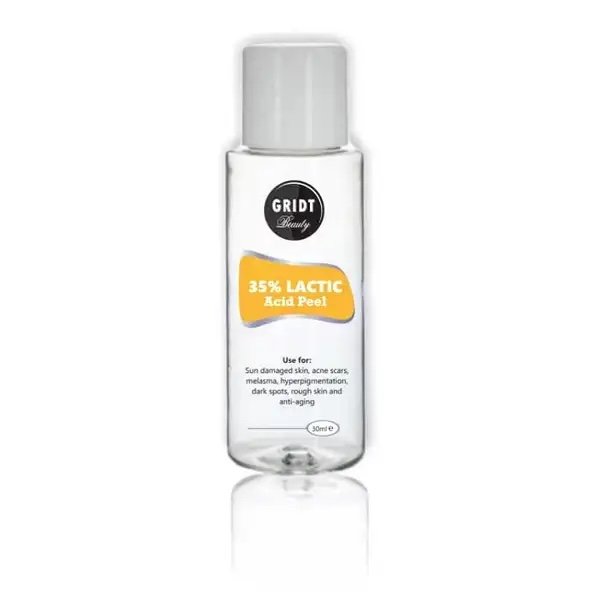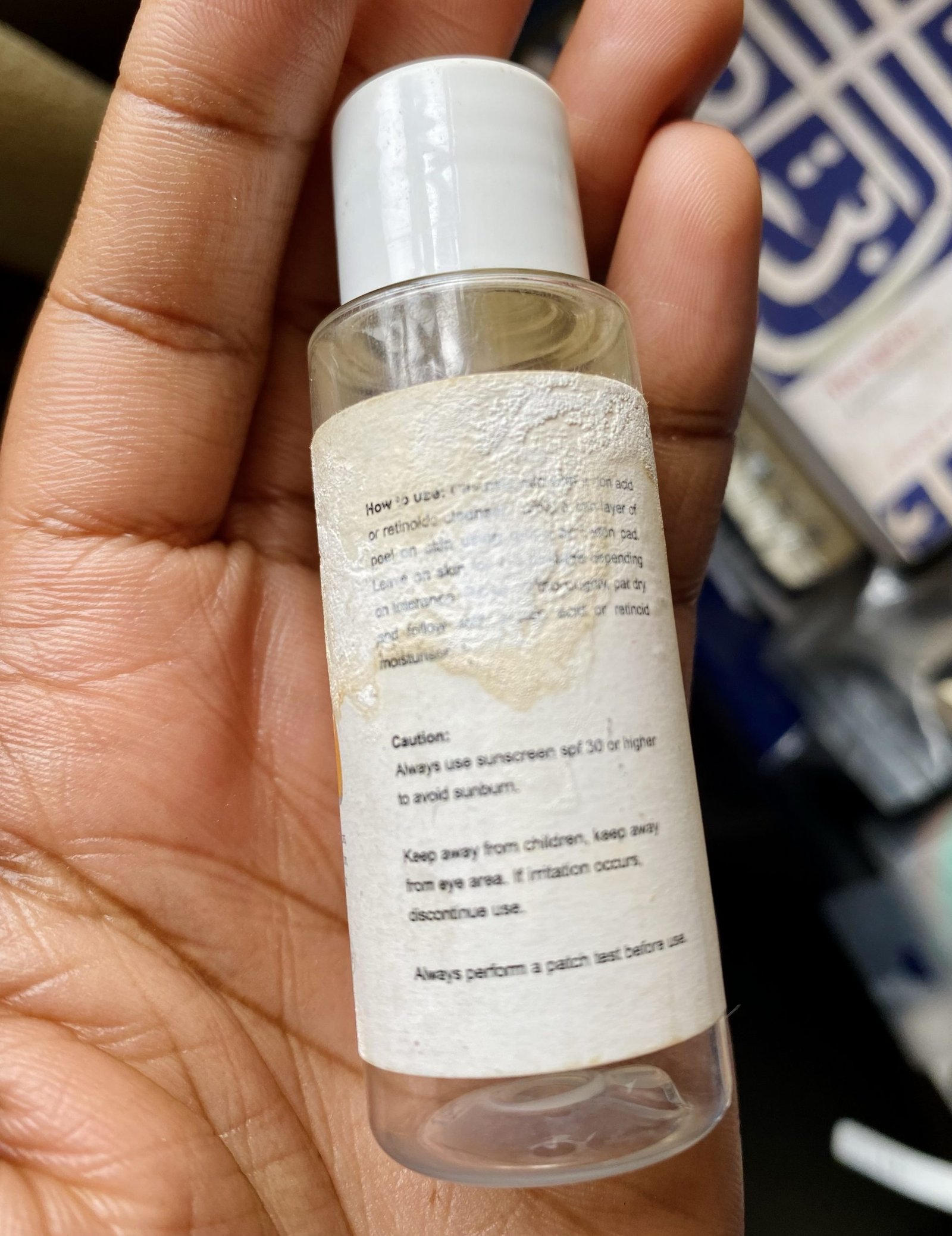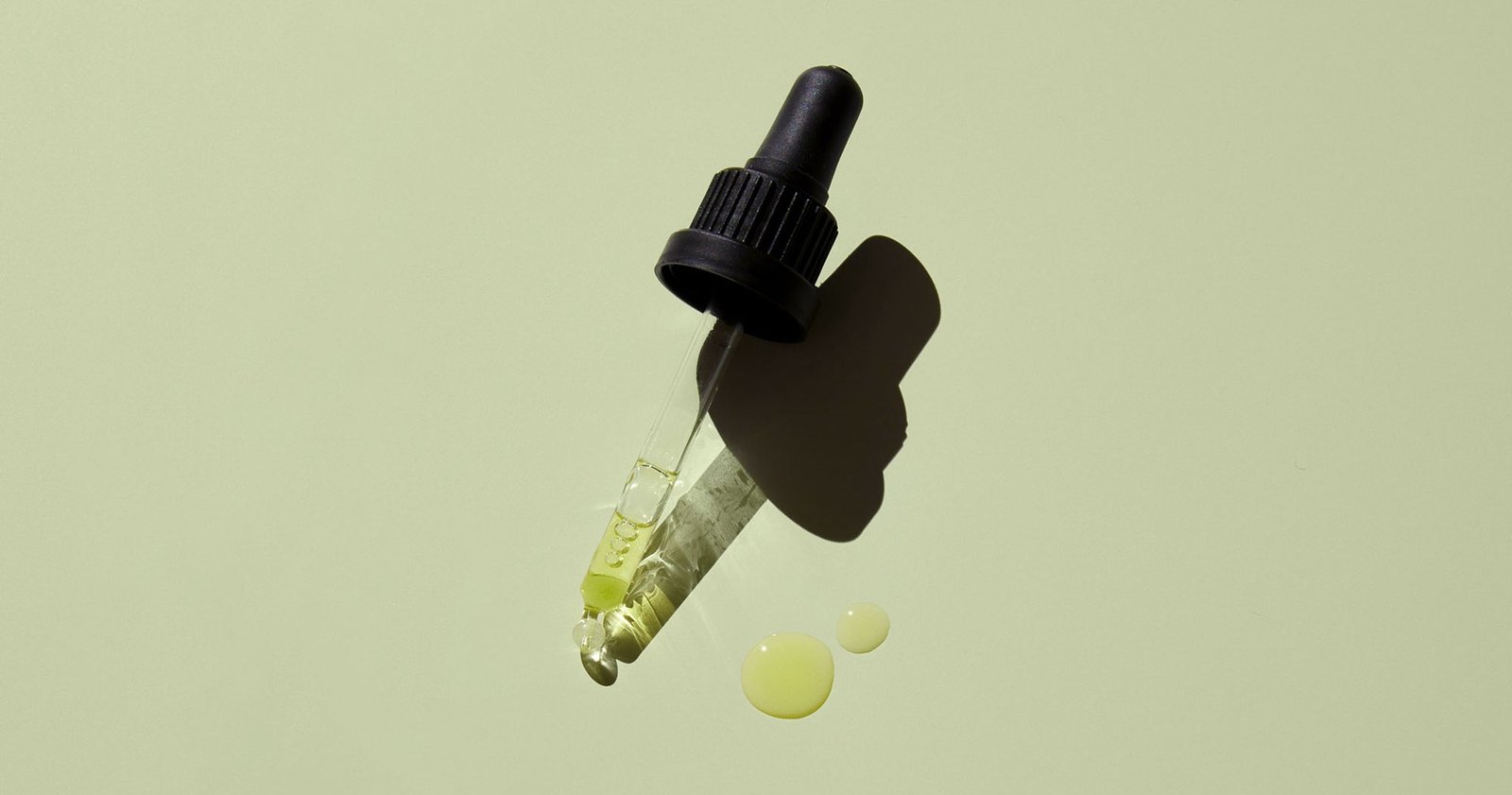If you’ve been consuming skincare content for a while, then you most likely have heard about chemical peels and how they’re the unsung heroes of dermatology. Yup! they address almost every skin concern. From acne to wrinkles, early signs of aging and the bane of our existence: hyperpigmentation. You’ve probably come across chemical peels made for home use as well? and wondering if they’re for you. Keep reading to know what to expect from an at-home lactic acid peel.
Chemical peels, generally, are acid solutions that exfoliate the skin. Depending on the strength and potency, the peel can remove the epidermis (outermost layer of the skin) or penetrate deep into the dermis. The results? dull/older skin layers are shed, brighter and healthier skin is revealed and collagen production is stimulated. Check out this post to read more about exfoliation.
At-home chemical peel vs professional chemical peel
The idea of at-home chemical peel is to mimic clinical/salon results at home. Unlike professional peels, there’s no downtime, results are almost immediate and they’re usually more gentle on the skin. They require no training. As long as the directions on the peel are followed correctly, you should have no issues using them. The best part is that they’re friendlier on the wallet.
My experience with Gridt Beauty “At-Home” Chemical Peel
Now for the juicy stuff. I had come across this Nigerian/UK brand, Gridt Beauty several times on my timeline and I was intrigued by their products and overall presentation. Most of their products are aimed at tackling uneven skin tone safely. The user reviews seem promising as well. I decided to try out the 35% Lactic acid peel marketed for at-home use. Click the link for more details on the product.

The first and second time I used the chemical peel, I followed the directions stated on the bottle. I applied it with my palms, left it on for about 5 minutes, rinsed off, and moisturized afterward. It stung for the first 3 minutes-ish but my skin adjusted eventually. The next morning, I woke with up super radiant skin, you know that post-exfoliation glow, the kind that’s sharp enough to blind your h@ters lol. This effect lasted for a couple of days after.
Where things went wrong
Some time at the end of 2021, I got a professional chemical peel in a spa. While my esthetician was doing her thing, instead of my brain focusing on bearing the pain from the TCA peel, it was busy taking notes on how to play at-home-esthie LOL *inserts skull emoji*. Fast forward to seven months later, I decided to use my ‘at-home’ peel differently. This time around, it was bunch of chemicals, layers on layers… jk.
I applied it with a new powder puff (I couldn’t get my hands on cotton pads at the time) with a little pressure. As usual, it stung for some minutes. I didn’t stop there. I applied a second layer after about 10 minutes which sat for another 6 minutes before rinsing off.

The Results?
Two days after the at-home spa experiment, my face became darker, super congested. Clusters of blemishes under the surface of my skin waiting to pop off. Before the peel, I was experiencing a few breakouts here and there. Also, this was around the luteal phase of my cycle so it was not surprising. The entire process felt like skin purging except that my skin never really purged.

Four days after, my skin was still dark, there were some signs of peeling/injury around my chin, jawline, and cheeks. Similar to the effects I got when I had the professional peel but on a milder level. This went on for about 6 days and my skin was just there; not fully purging, not fully peeling. It was giving failed, uncompleted peel.
The Rescue!
I suspected that the result was due to lactic acid being an alpha hydroxy acid (AHA) which is not oil-soluble. I decided to exfoliate with a mask that contains 2% salicylic acid and other AHAs (hello, Deciem). This helped to further unclog my pores, bringing the pimples to the surface. The other parts of my face became visibly brighter, softer and smoother. It was as if the results from the peel were finally revealed.

Takeaway: Hit or Miss?
Should you use this at-home chemical peel even if you plan to do it correctly? No and yes. NO, if your skin is easily sensitized. Yes, if your skin is resilient, you have prior experience with highly concentrated chemical exfoliants and just know how to save your skin generally. This is important for your skin barrier in case things go 180.

Another point to note is that the Gridt Beauty lactic acid peel is not like the regular at-home peeling solutions. I’d argue that this should be reserved for professional purposes, and it’s not even about the concentration. There are other at-home peels with higher concentrations of AHAs, it’s more about the pH and inactive ingredients.
It doesn’t contain enough supporting ingredients, for instance, hydrating ingredients such as panthenol, glycerin, and soothing plant extracts. Water and Witch Hazel Extract are the only inactive ingredients in the formula. Finally, something about the way it stings just makes me feel like the pH is really low. I still feel a slight tingling for a while after rinsing off the product.
Do you consider high strength exfoliants a hit or miss? Kindly share your experience with at-home peeling solutions/masks in the comment box.

